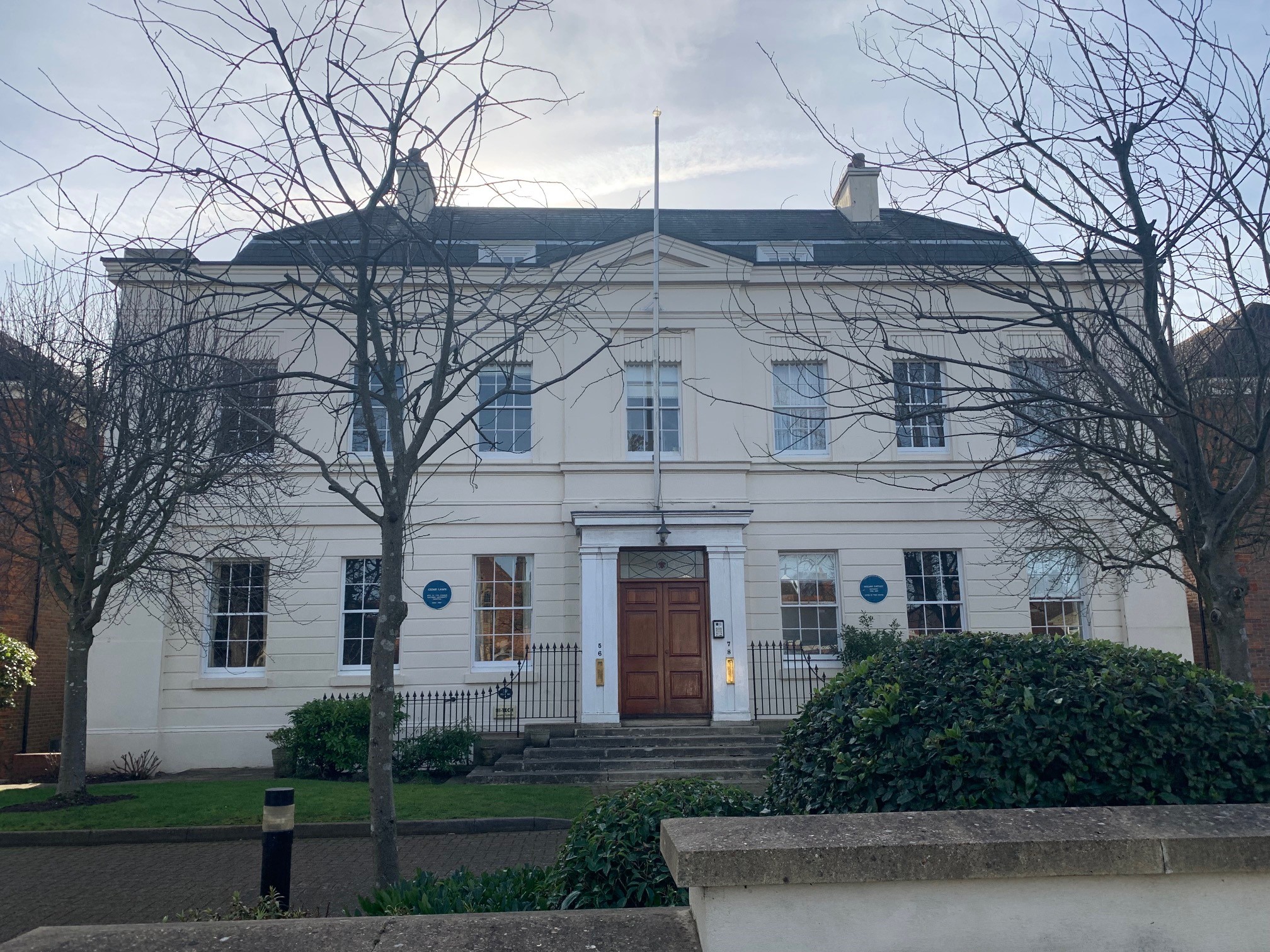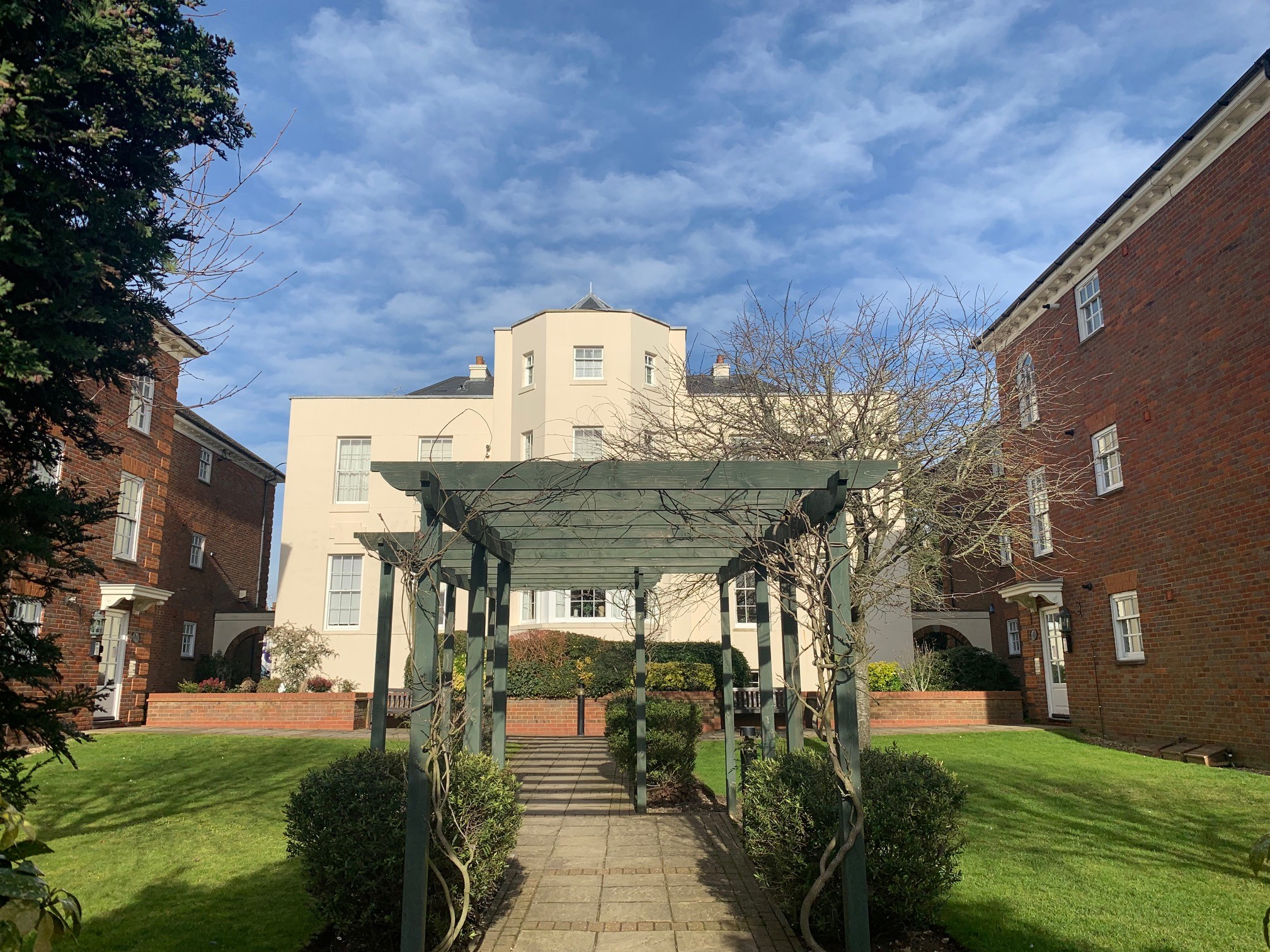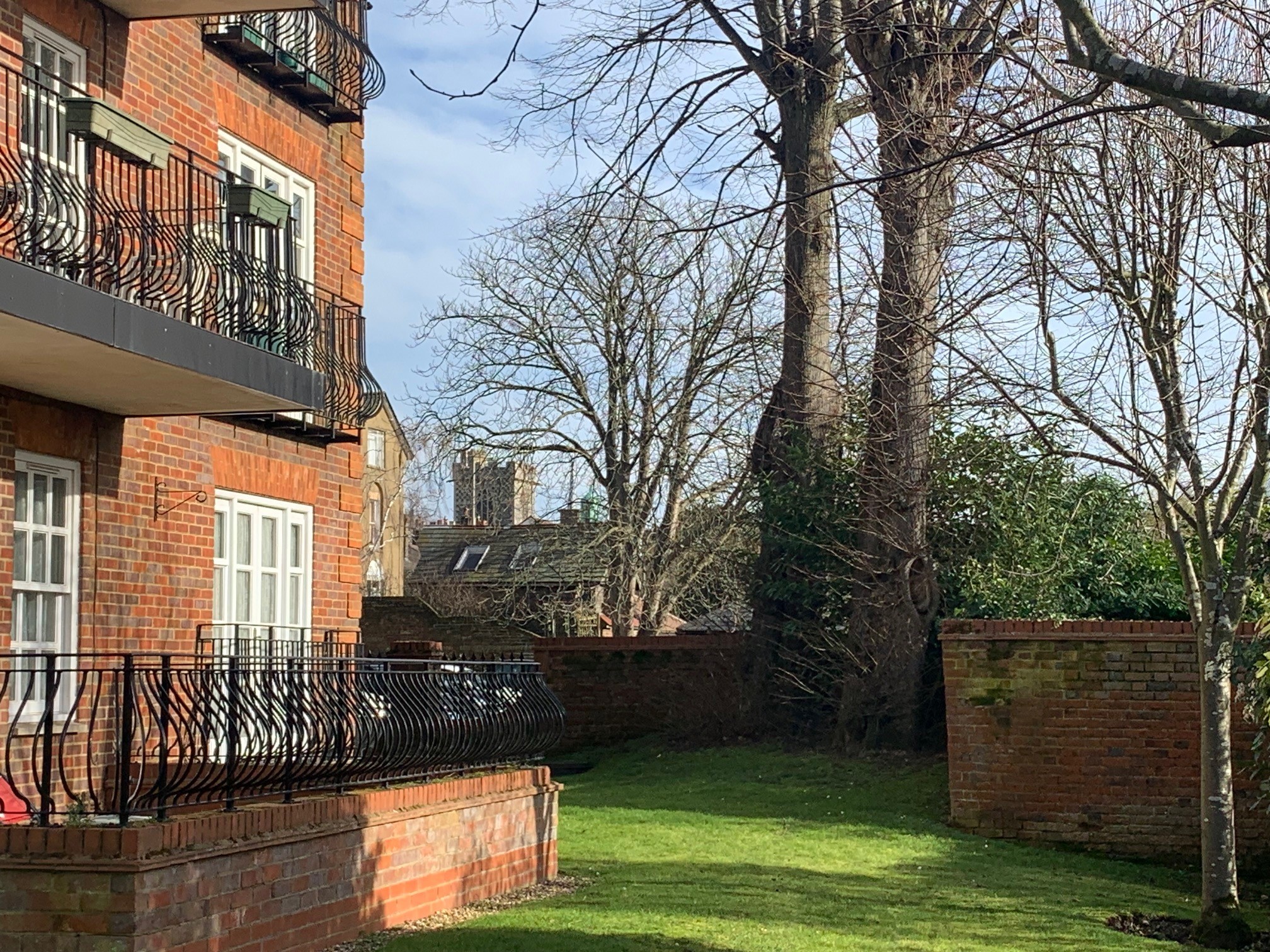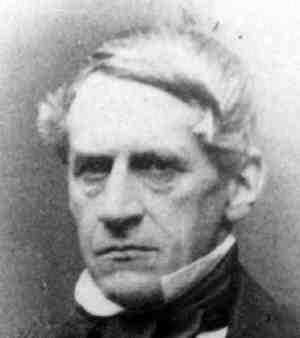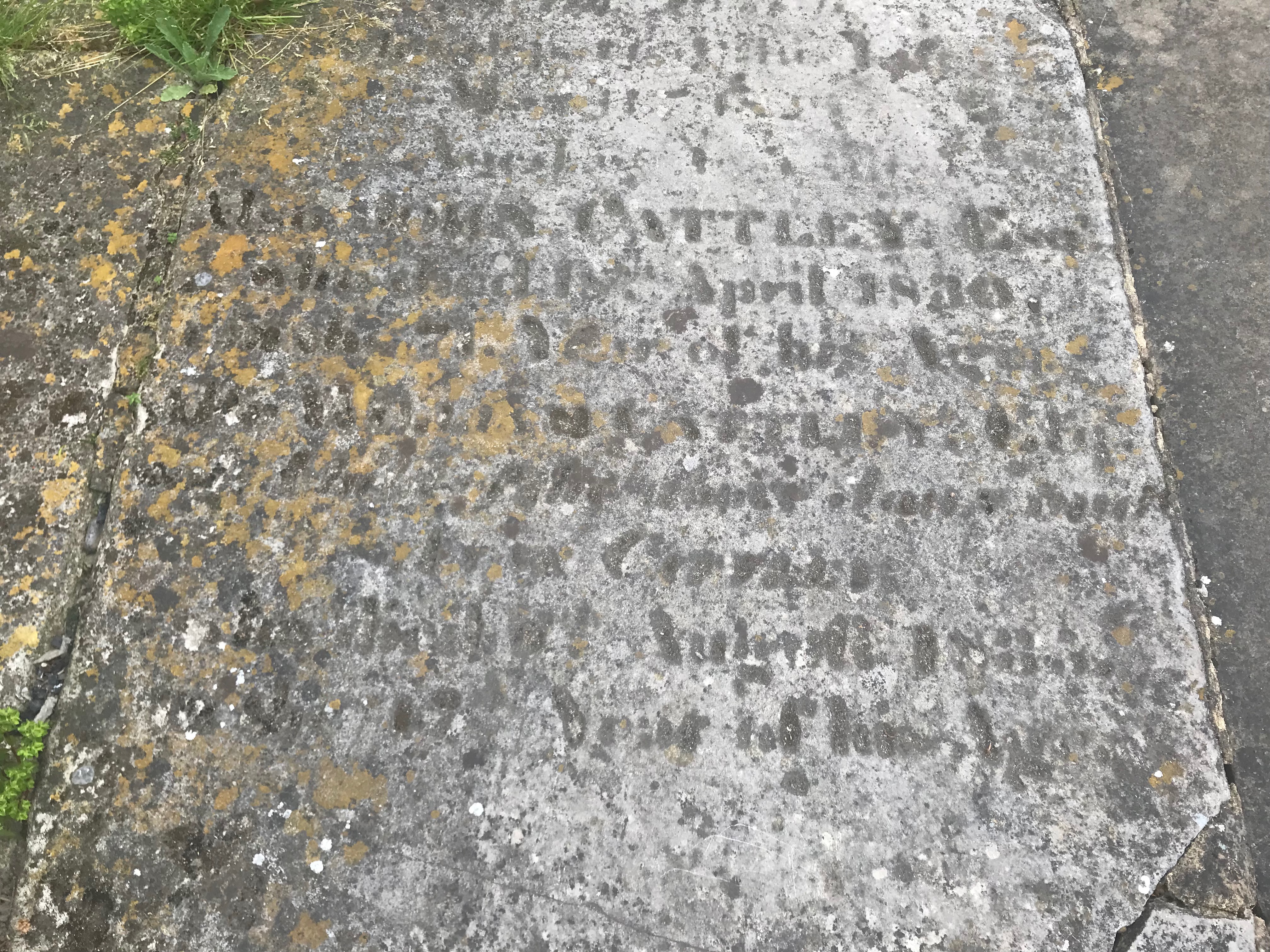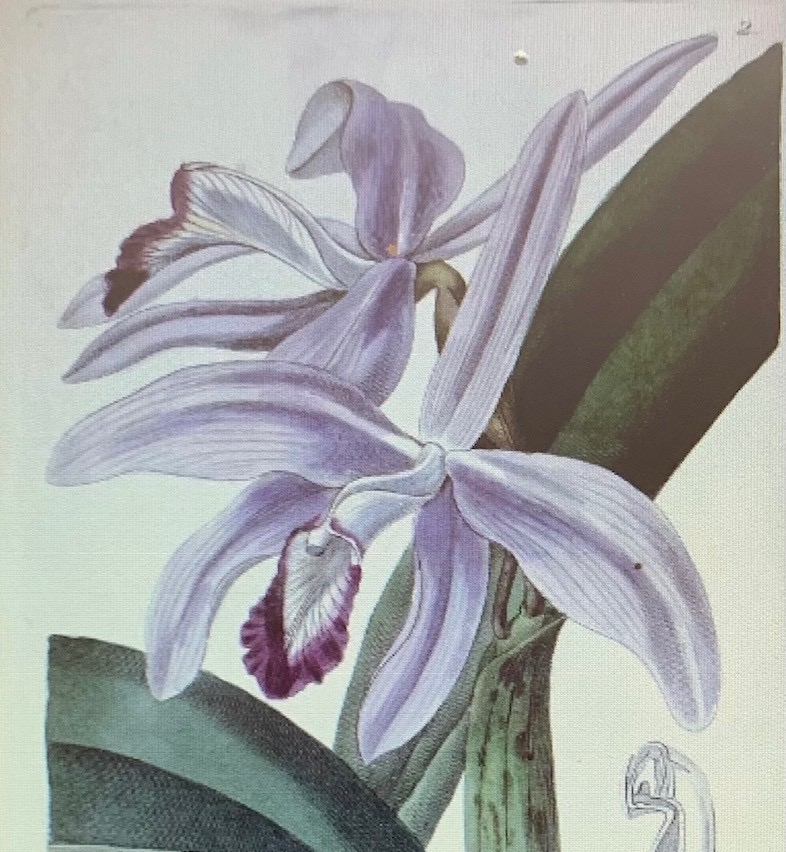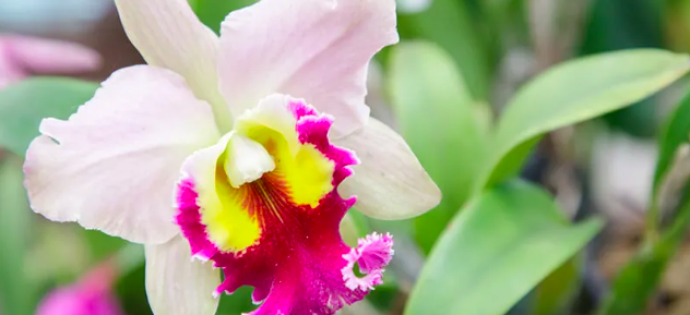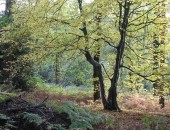Barnet resident and author of books on local history, Robert Bard, tells us about botanist William Cattley whose name was given to one of the world’s most magnificent flowers (and Cattley Close off Wood Street).
I have lived in Cattley Close, off Wood Street for 10 years, and never gave the blue plaque on the building fronting onto Wood Street much of a thought until I mentioned to Lucy that I was writing a book in the Amberley “Secret Series” called “Secret Barnet and Hadley”. She suggested I might like to write an article on William Cattley who lived and died within 20 yards of where I am sitting, looking out over his former garden.
So who was William Cattley? Not being much of a botanist but, with a number of green fingered friends who treat Kew Gardens as their Sunday destination of choice, I asked if anyone had heard of him, or the orchid named after him the Cattleya labiate (the “corsage orchid”). To assist with the blank looks I brought out the photographic clues – photos and illustrations of the said orchid. There was coincidentally an exhibition at the time of orchids at Kew and soon I was inundated with orchid photos. Even as a bit of a heathen I was now visiting local flower shops to examine the labels on the orchids and beginning to develop an ability to recognise one of William’s.
Cattley (1788-1835) was a merchant and horticulturist. Born in Garlickhythe, City of London, he lived at what is now 55 Wood Street, a house divided into flats, the garden in which he grew and tended his plants has in recent years been partly developed with modern flats, but an old wall and the outline of the garden still remain.
Cattley was a merchant whose business interests were in East Anglia, London and Russia and his family were prominent in St Petersburg, Moscow and other major cities in the country. William Cattley was one of the first enthusiastic collectors of orchids and other tropical plants who became a benefactor of horticulture. He died either in Chipping Barnet (on the 8th August) or while walking through Hyde Park, according to The Gentleman’s Magazine. Either way, he was brought back to Barnet and was buried in a grave which can still be seen and is located next to the curb and rubbish bins a couple of hundred yards from his former home. Near the entrance to St John the Baptist Church, if one looks towards Wood Street and almost in site of his former home, is a plaque which reads: “In memory of William Cattley 1788-1833 only child of John and Anne Resident of Wood Street Barnet. Patron of Horticulture Collector of Orchids and Tropical Plants. The Orchid Genus Cattleya was named in his honour in 1821.”
Cattley Close, where I live was named after him. It amuses me to think that I live in his garden, and the original house, which has been turned into flats, is to the side of my kitchen window. There is a blue plaque on the Wood Street frontage commemorating him. “William Cattley, Botanist, 1788-1835, lived in this house”.
Robert Bard’s upcoming book, Secret Barnet and Hadley will be published in late 2023 by Amberley Press.
